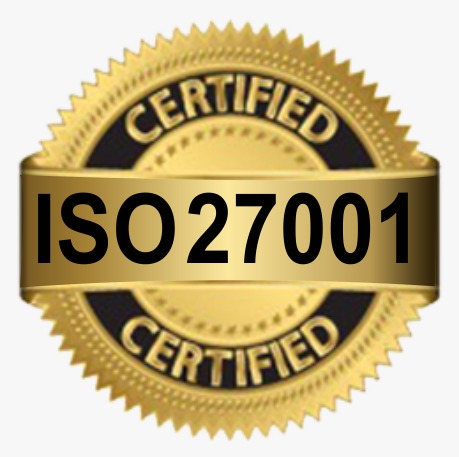Introduction to OTC in Auto insurance
Other Than Collision(OTC) coverage in an auto policy is also referred to as comprehensive coverage. The name of this coverage makes its definition more clear because it covers almost all other physical damage that can occur to a vehicle other than collision. Collision refers to the damage suffered by the vehicle when the vehicle is in motion. This damage may be happened by an object or other vehicle in a road accident. It does not matter who is at fault in the accident that damages the insured vehicle; the owner of the insured vehicle can make a claim under collision coverage.
On the other hand, OTC coverage protects the vehicle from perils other than collision. Losses include damages that are not limited to fire, theft or larceny, explosion or earthquake, vandalism, glass damage, damage from hitting an animal, floods, and weather-related damage.
A vehicle insurance coverage policy including both collision coverage and OTC coverage is often referred to as “full coverage”.
Here, We will discuss a bit more about other than collision(OTC) or comprehensive coverage.
How does an OTC coverage work in insurance?
Collision and other than collision insurance are two optional types of auto insurance but both the coverages have their own deductibles. A vehicle owner can choose collision or OTC or both the coverages policies according to his/her requirements based on perceived risk levels in a particular area.
Below are a couple of examples of accidents and mishaps that are covered by OTC coverage:
- Natural disasters: storms, tornadoes, hurricanes, earthquakes, hailstorms.
- Fire, civil commotions, explosions.
- Vandalism and theft.
- Damage to the vehicle from impacts with animals, such as a deer(mostly in hilly areas).
- Broken windows and windshield.
- Falling objects such as trees or poles.
- Acts of terrorism.
Unlike collision accidents, an individual usually doesn’t have a lot of control over whether these types of incidents happen. These types of incidents generally insured by the OTC coverage portion of the policy. It’s tough to avoid animals if they jump out on a highway during the night, and only precautionary measures can be taken to prevent theft or hail damage. While an individual may be able to reduce the probabilities of these incidents happening but there is not a way to completely eliminate all the risk.
In the event that OTC coverage is included in the policy, the insurer has to evaluate the value of the vehicle and the extent of the loss just as they do in a collision claim. If the renovations will exceed the actual cash value of the vehicle, the vehicle will be totaled. If the vehicle’s actual cash value will exceed the cost of repairs, the insured owner would be compensated for making the repairs.
What is not covered?
If a vehicle endures damage due to a collision, then an auto insurance claim cannot be made unless the owner has collision auto insurance. As the collision damages are not included in OTC coverage. Similarly, there is a bunch of things that are excluded from OTC coverage of auto insurance:
- Depreciation
- Wear and tear of the vehicle
- Electrical or Mechanical breakdown
- Damage caused if the vehicle is driven by a person without a valid license
- Damage caused due to drunken driving
- Damage caused to the vehicle due to driving under the influence of drugs
- Damage to tires and tubes. However, if the vehicle is damaged at the same time, the liability of the insurers will be limited to 50% of the replacement cost
- Loss/damage to the vehicle caused by war, or nuclear risk







Leave A Comment